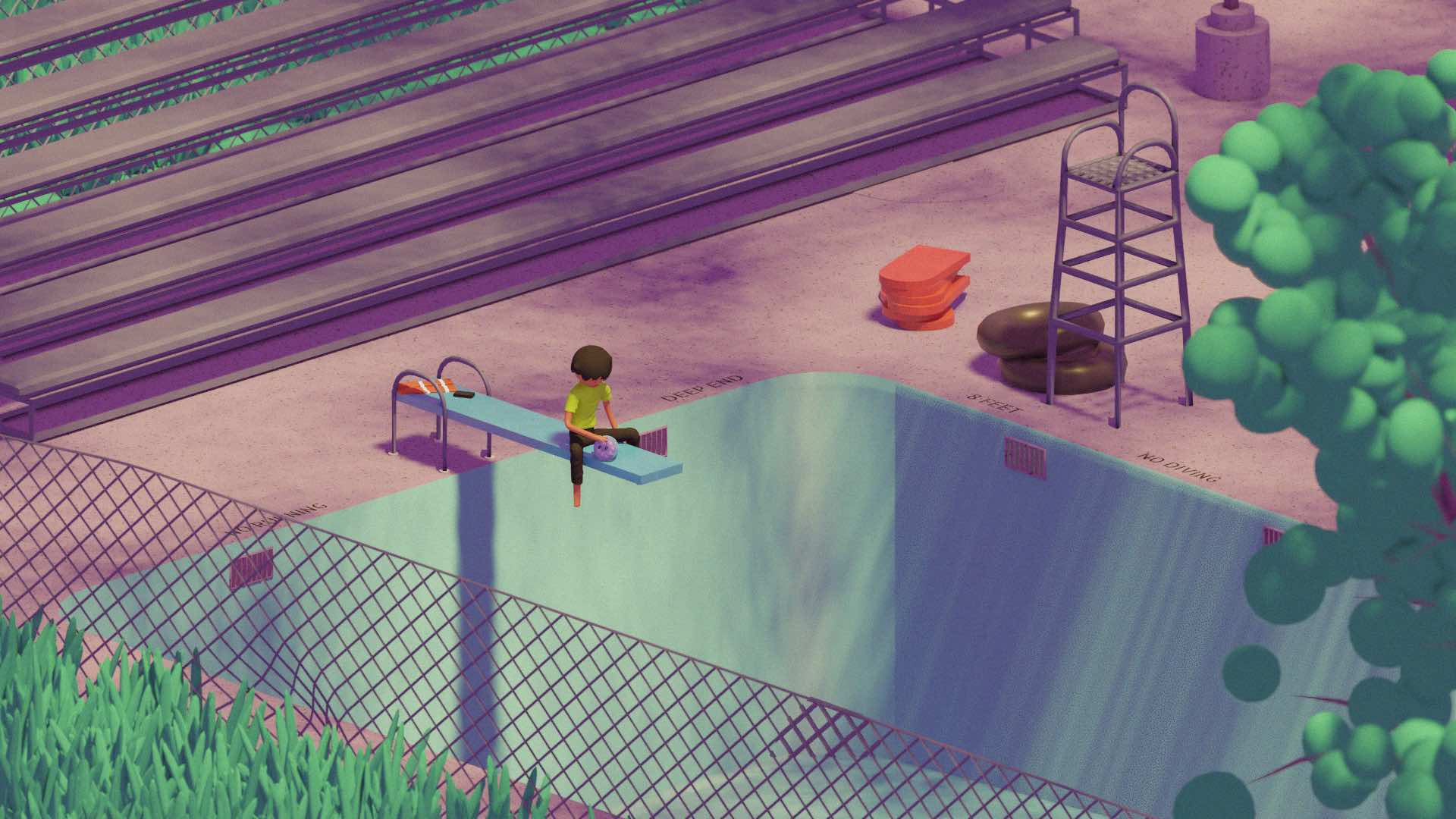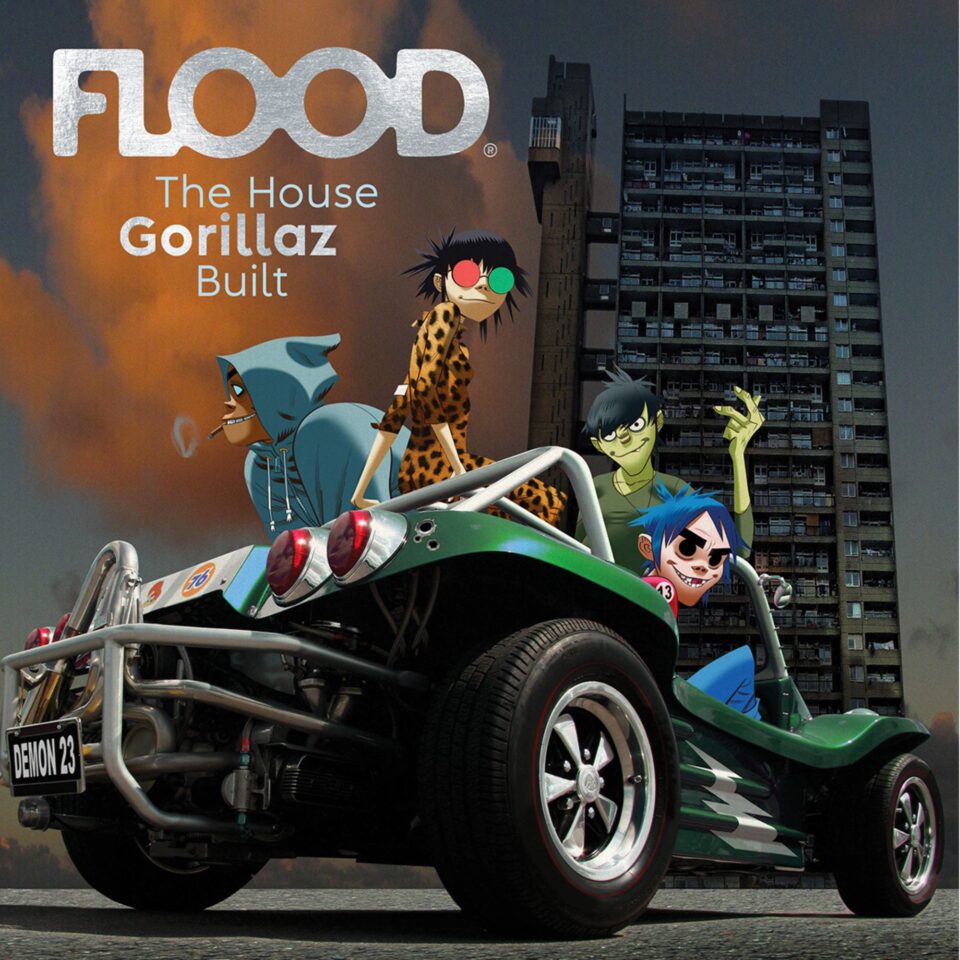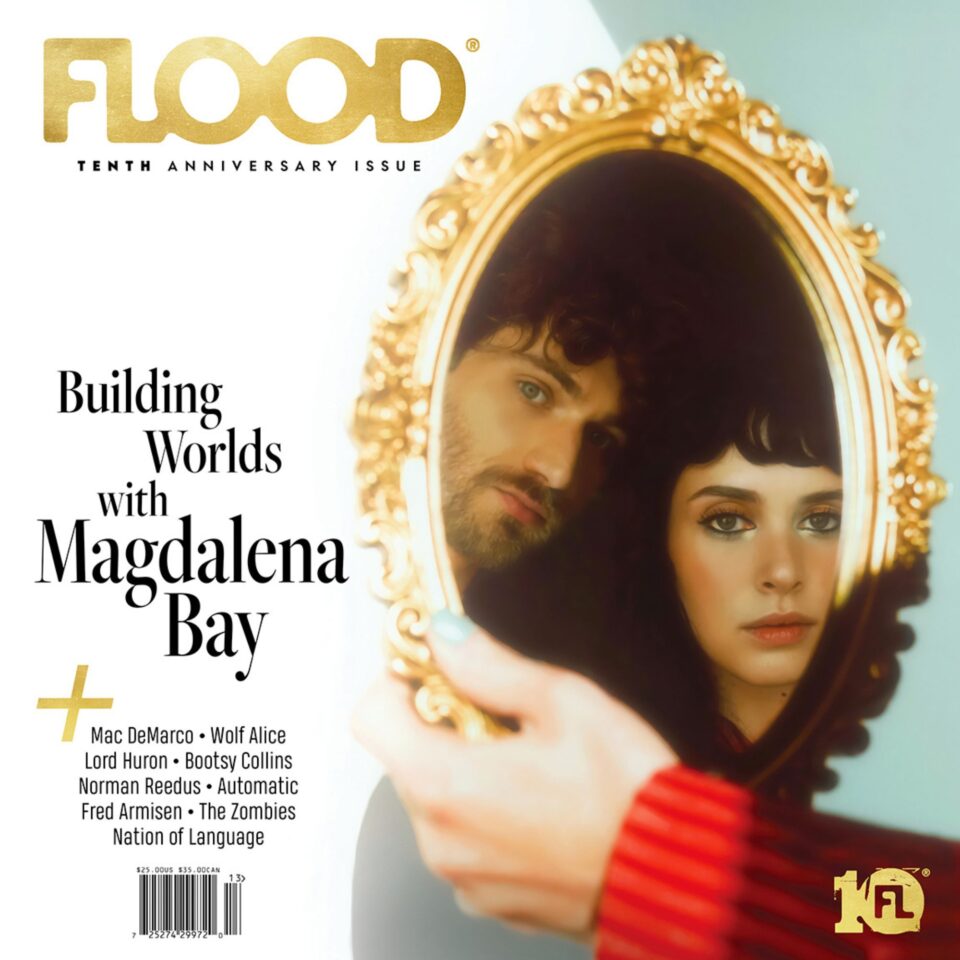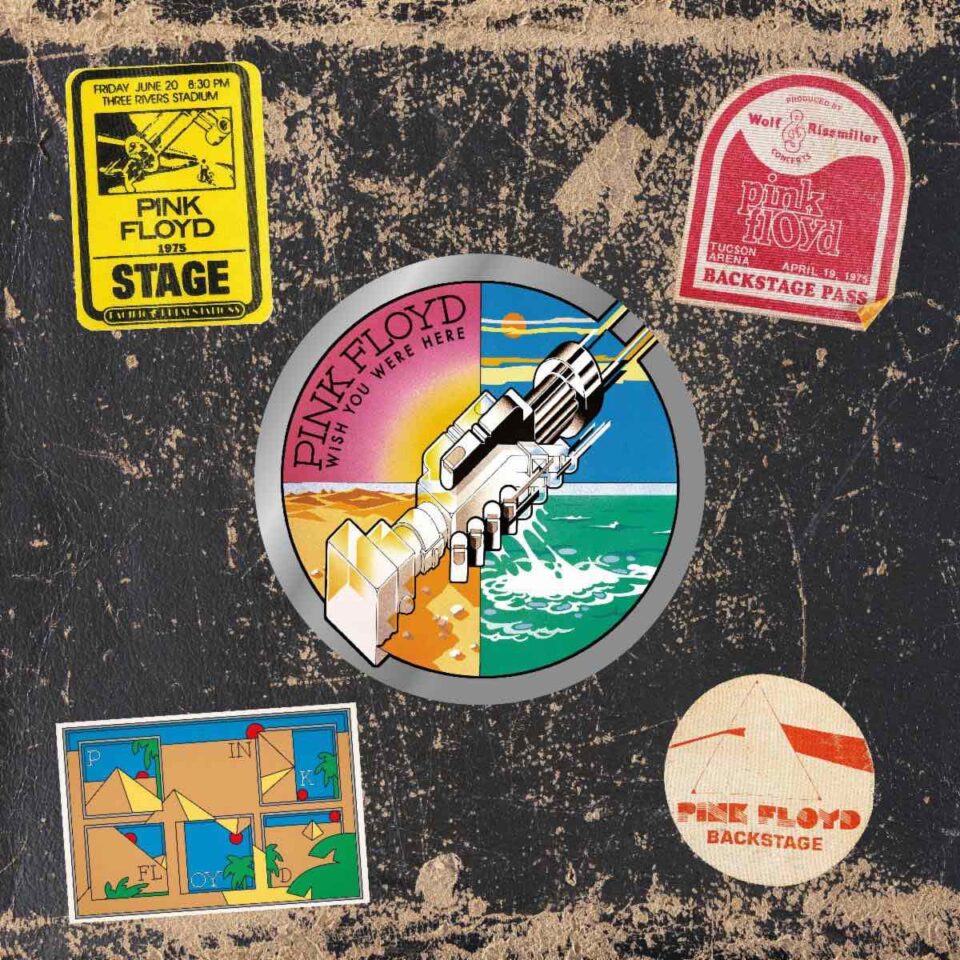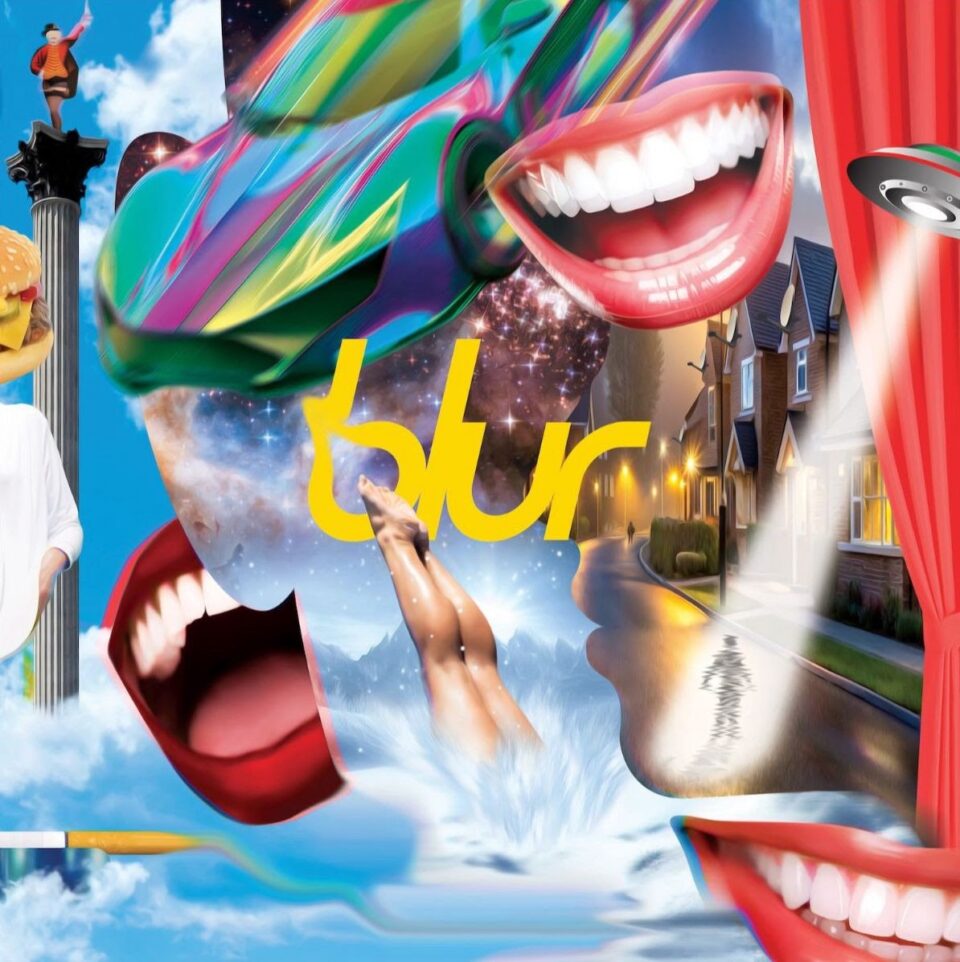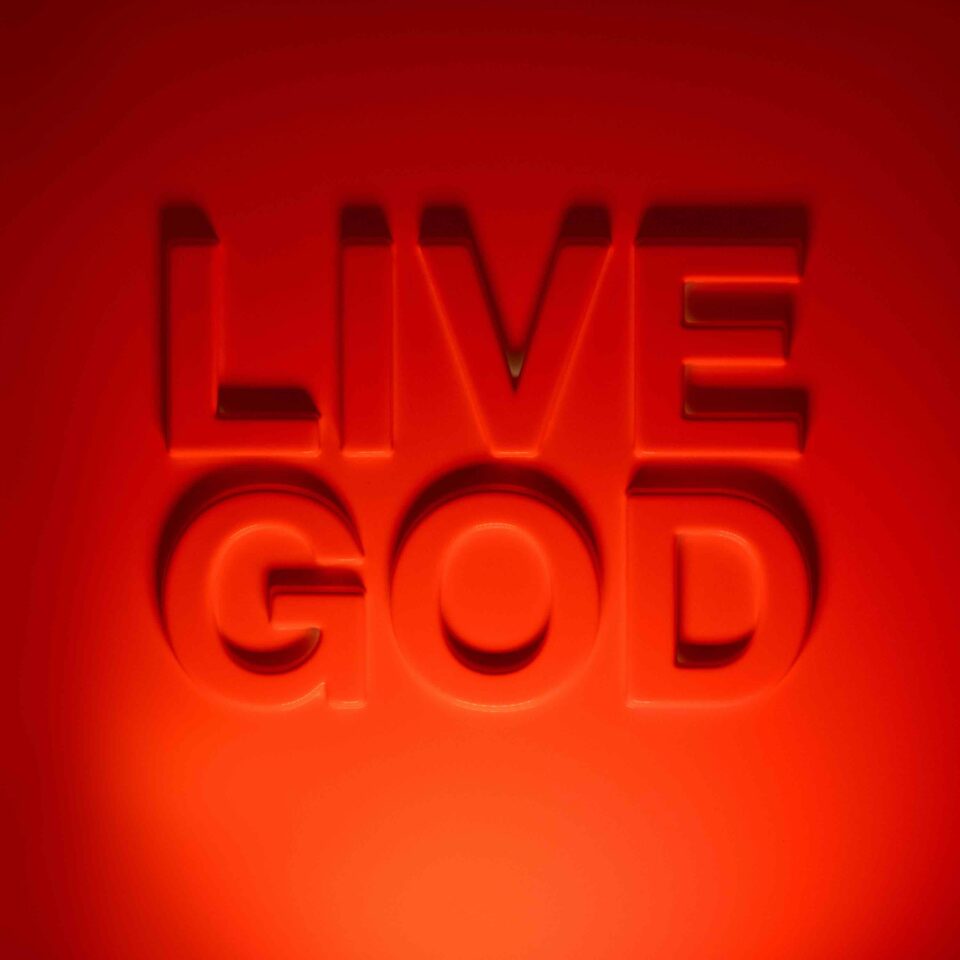Last year, a small Latvian movie made entirely outside the traditional studio system and without a single word of dialogue was able to make $30 million worldwide and win the Academy Award for Best Animated Feature. In a time when Pixar has devolved into brand management, uninspired sequels, and a general sense of diminished creative juice at the level of any superhero behemoth, Flow was something of a creative coup for weirdos and DIYers everywhere—especially when you consider that director Gints Zilbalodis was able to make it using Blender, a free and open-source software available to anyone with an internet connection. It’s a sign that rather than the relentless attempt to push the medium forward with $200 million photorealistic renderings of clouds playing basketball, perhaps working within limitations and embracing the freedom from corporate control is a feasible way forward.
This is something I thought about a lot while watching Boys Go to Jupiter, the new film written, directed, and produced by Julian Glander that, while also made entirely on Blender, represents just how varied the results of this new form can take. While Flow was an exploration of the mysterious, charming benefits of a post-apocalyptic world, Glander’s movie is something far more rooted in the DayGlo horrors of our familiar pre-apocalyptic existence. As dry and disaffected as Flow was hopeful and sweet, Boys Go to Jupiter centers on recent high school dropout Billy 5000 (voiced by Jack Corbett) and his relentless grindset as a gig worker for Grubster (“Have a Grubby day!” he shouts to customers as he zooms away on his scooter). Billy is desperate to earn exactly $5,000, the number he’s deemed necessary to get ahead, the exit velocity needed to leave behind the wayward laziness of youth represented with quirky charm by his trio of buddies, Beatbox, Freckles, and Peanut.
This set-up and the way it takes Billy from one idiosyncratic locale to another blends the simple charms of an 8-bit video game with a sort of sketch-comedy chaos (Janeane Garofalo, Julio Torres, Sarah Squirm, Cole Escola, Chris Fleming, and Demi Adejuyigbe are all among the voice cast). Every character in this world has a bit, whether it be that they work in a giant hot dog, they inexplicably wear a lucha libre mask, or they are a lumpy-faced, BLT-loving mini-golf proprietor voiced by Joe Pera. Glander’s character design instincts are particularly impressive here, each constructed of a distinct blend of flapping limbs, smooth surfaces, and off-kilter proportions. So, too, is his use of music, as almost every scene is separated by a lovely bit of skittery space-pop composed by Glander himself and featuring vocals from Corbett and company (most notably songwriter Miya Folick, who voices Rozebud).
All of this serves to give Boys Go to Jupiter a feel all its own. Even as the narrative heads toward a finale—itself a kind of anti-climax of eccentric dream-logic—the need for any kind of traditional resolution is subsumed by the desire to explore every strange little corner of the world Glander has created. This, if anything, might be the overarching lesson we can learn from Boys Go to Jupiter and its non-traditional creation. For much of its history, the process of making animated films has been long and unruly, years and years spent on character design and movement so as to resist spontaneity. Blender’s relatively egalitarian system not only allows for more movies in general (the film was animated in 90 days), but for more movies like this—wonderfully chaotic, unabashedly weird, and wholly singular.

